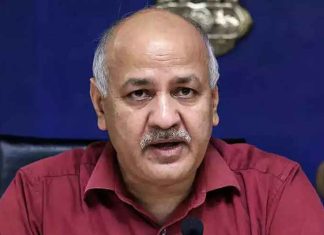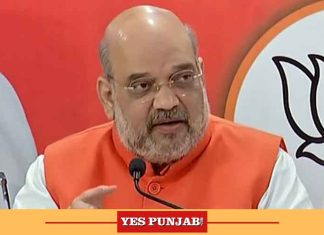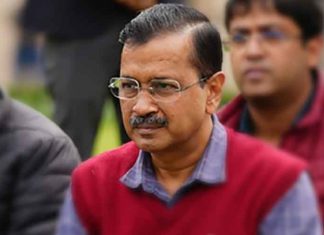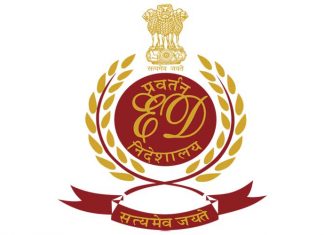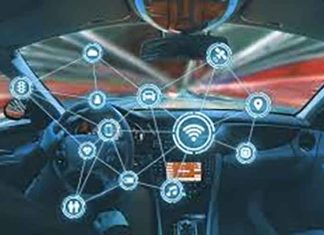People all over the world are transitioning to alternative energy sources, such as solar energy. And solar panels are proving to be the most common and effective solution that people are turning to. Sunlight is transformed into electricity by solar panels that can be further used to power home electrical appliances. Nonetheless, many do not know about one of the most critical elements of a solar system, a solar charge controller.
What is a solar charge controller?
Solar charge controllers are tools that regulate the electrical current rate that must be applied to the battery of a solar panel to avoid overvoltage or shift. These solar charge controllers are critical for a long-lasting installation. But there is no common solar charge controller, and each application must choose the appropriate system.
The PWM (Pulse-Width Modulating) and the MPPT (Maximum Power Point Tracking) are the two principal types of solar charge controllers. PWM controllers are simply a device connecting a solar array to the battery, and on the other hand, MPPT controllers are more advanced. It changes its input voltage to extract full power from the solar array and then converts that power to supply the battery’s varying voltage requirement plus load. In brief, let’s read about them:
1. PWM Solar Charge Controller
Complex algorithms are used by Pulse-Width Modulating (PWM) charging controllers to calculate the amount of charge going to a battery and slowly taper off charging as the battery becomes full. One of PWM controllers’ most significant benefits is that they have been around for several years, are cheaper, and are available for various applications in a broader range of sizes.
2. MPPT Solar Charge Controller
Maximum Power Point Tracking (MPPT) charge controllers consider that, due to weather conditions, a solar panel often produces variable output and will automatically adjust the voltage it produces to the battery voltage to optimise charging efficiency. A notable downside is that MPPT charge controllers are expensive than PWM controllers.
Here’s a comparison table that takes six different things into account to compare them at the technical level: the array voltage, the battery voltage, the device size, the off-grid or grid-tie, and the form of array sizing.
| PWM Charge Controller | MPPT Charge Controller | |
| Array Voltage | PV array & battery voltages must match | PV array voltage can be greater than the battery voltage |
| Battery Voltage | Operates at battery voltage so that it works well at warm temperatures even when the battery is nearly full | Works above the battery voltage so that in cold temperatures and when the battery is down, it can provide boost’ |
| System Size | Usually recommended for use in smaller systems where MPPT advantages are minimum | ≈ 150W – 200W or more significant to take benefit of MPPT benefits |
| Off-Grid or Grid-Tie | Must use off-grid PV modules usually with Vmp ≈ 17 to 18 Volts for each 12V nominal battery voltage | Allows the use of lower-cost/grid-tie PV Modules that helps bring down the complete PV system cost |
| Array Sizing Method | Amps-sized PV array (based on the current generated when the PV array operates at the battery voltage) | Watts-sized PV array (based on Controller Max. Charging Current x Voltage of Battery) |
It is essential to calculate the system’s size when deciding which solar charge controller to buy. The difference in efficiency between PWM and MPPT controllers may not be noticeable enough on a smaller scale. Still, efficiency plays a significant role in how well the device can perform on extensive systems. There are reliable brands like Luminous that offers solar charge controller at competitive prices. With minimal investment, their solar controllers help turn your existing power backup systems into a well-functioning solar system.




